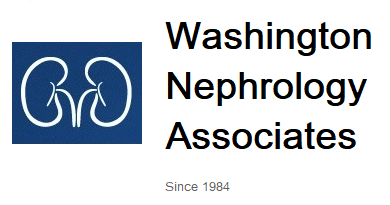
About Kidney Stones
The prevalence of kidney stones in the United States has increased from 1 in 20 persons to 1 in 11 persons since 1994. This change is likely related to dietary and lifestyle factors
How do I know if I have a kidney stone?
Occasionally, stones get detected unintentionally via imaging studies. Other times individuals may feel dull ache in the back or flank. In some cases, when stones move from kidneys into the ureter (urinary tube connecting kidney to urinary bladder), they can cause severe flank pain that classically shoots down to the groin, and may cause blood in the urine, or can lead to urine infection.
How about treatment?
Nephrologists can help with the diagnosis and treatment of kidney stones, and any related medical condition. If a patient needs removal of kidney stones, then he/she is referred to a kidney surgeon; or a urologist.
To Learn more about kidney disease, so you can feel more in charge of your health and thrive, you can take a Kidney Care Education Class. The class covers:
- Symptoms and stages of chronic kidney disease (CKD)
- Eating well with kidney disease
- Coping and getting support
Other Educational Resources:
National Kidney Disease Education Program
